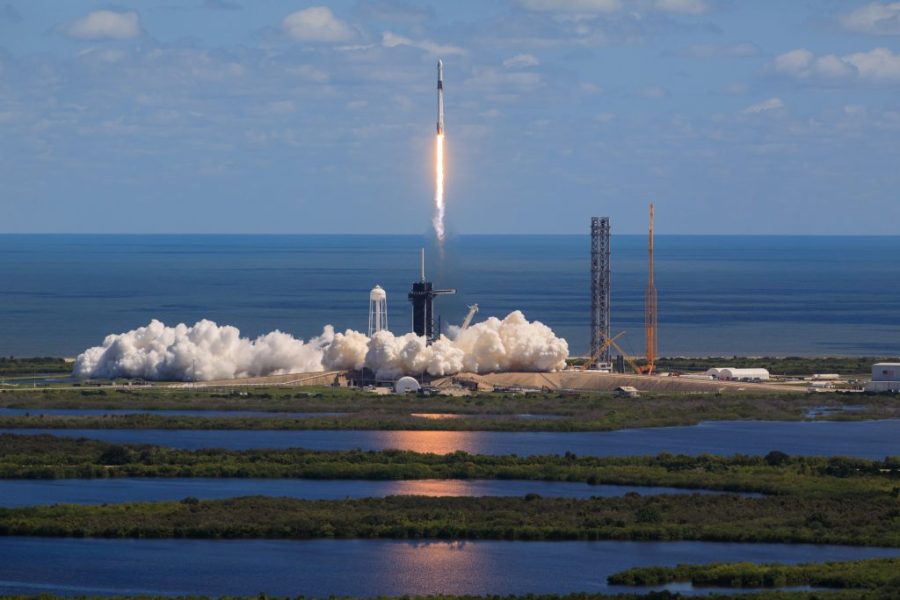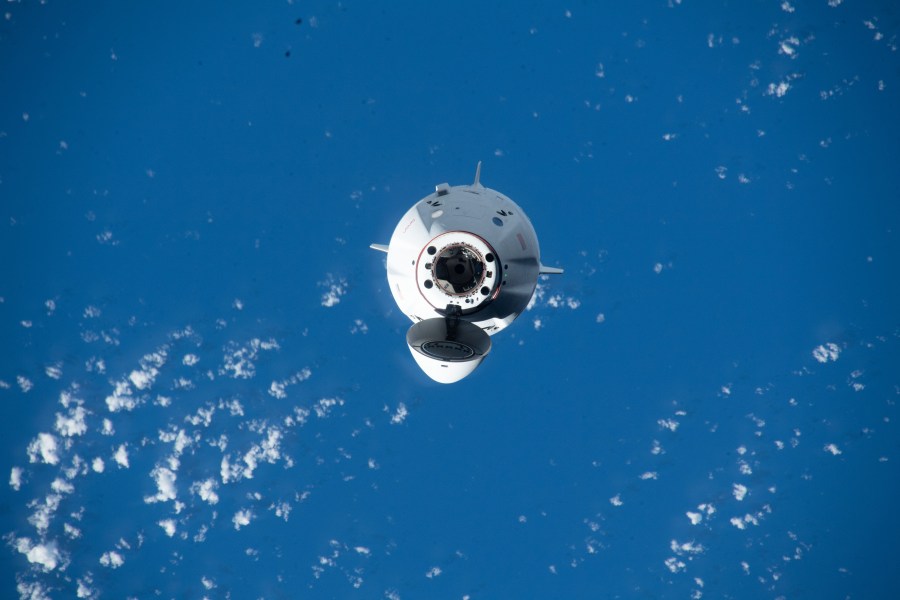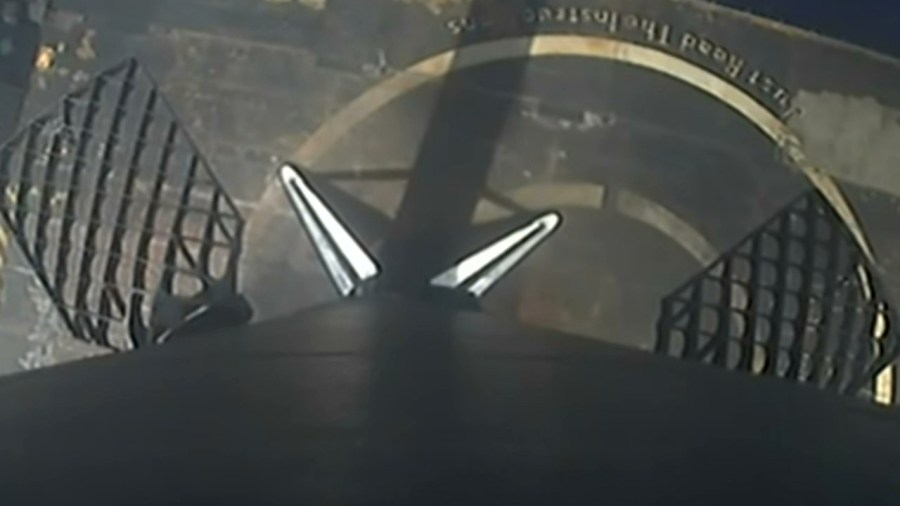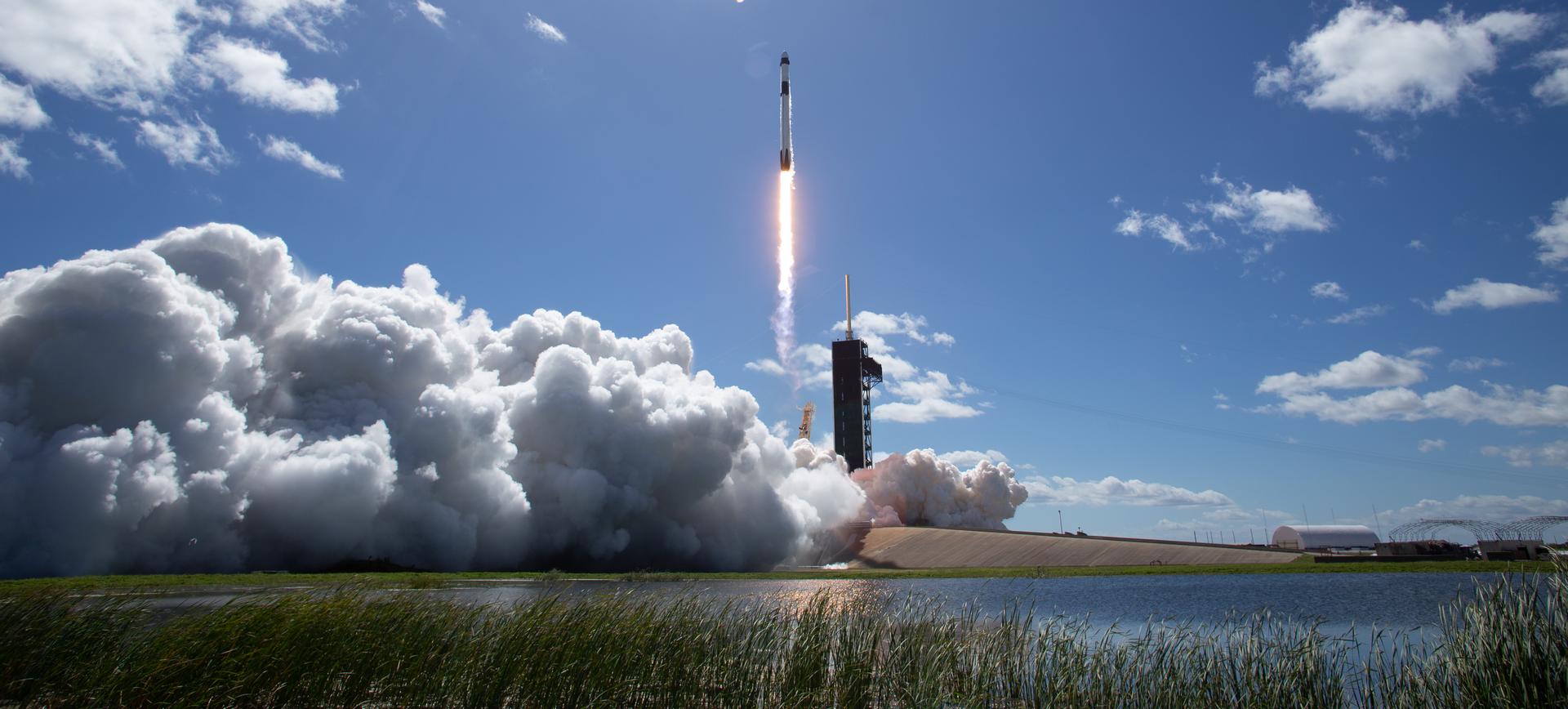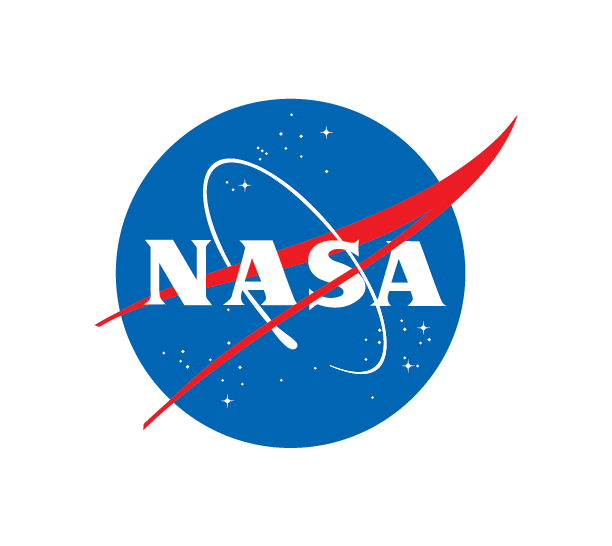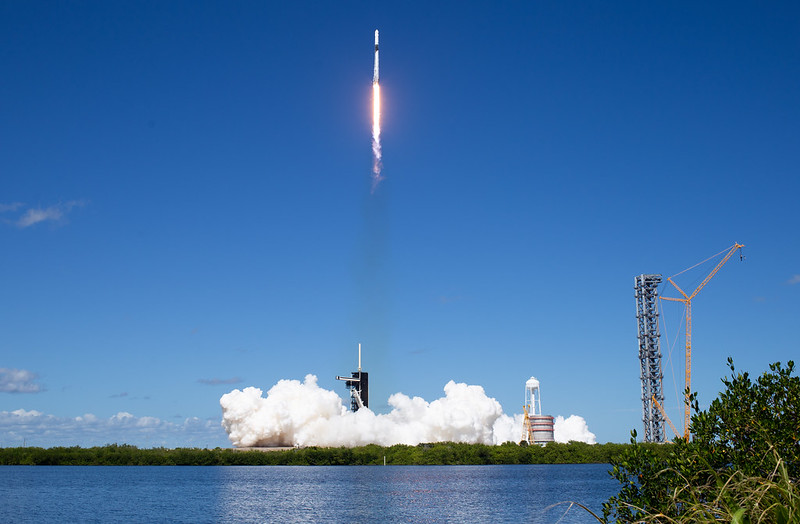By Jim Cawley NASA’s Kennedy Space Center It was a picture-perfect launch during a sun-splashed afternoon on Florida’s Space Coast, as NASA astronauts Nicole Aunapu Mann and Josh Cassada, along with JAXA (Japan Aerospace Exploration Agency) astronaut Koichi Wakata and Roscosmos cosmonaut Anna Kikina blasted off from Kennedy Space Center on NASA’s SpaceX Crew-5 mission. …
Weather Provides Beautiful Backdrop for NASA’s SpaceX Crew-5 Liftoff
